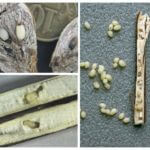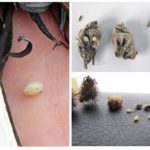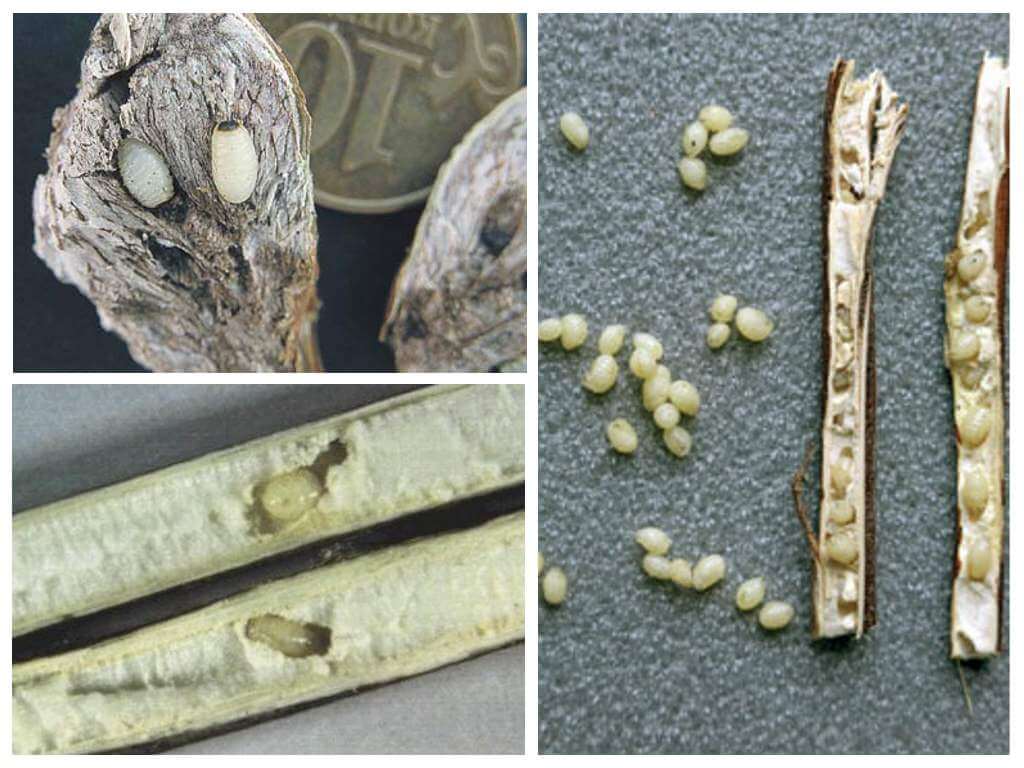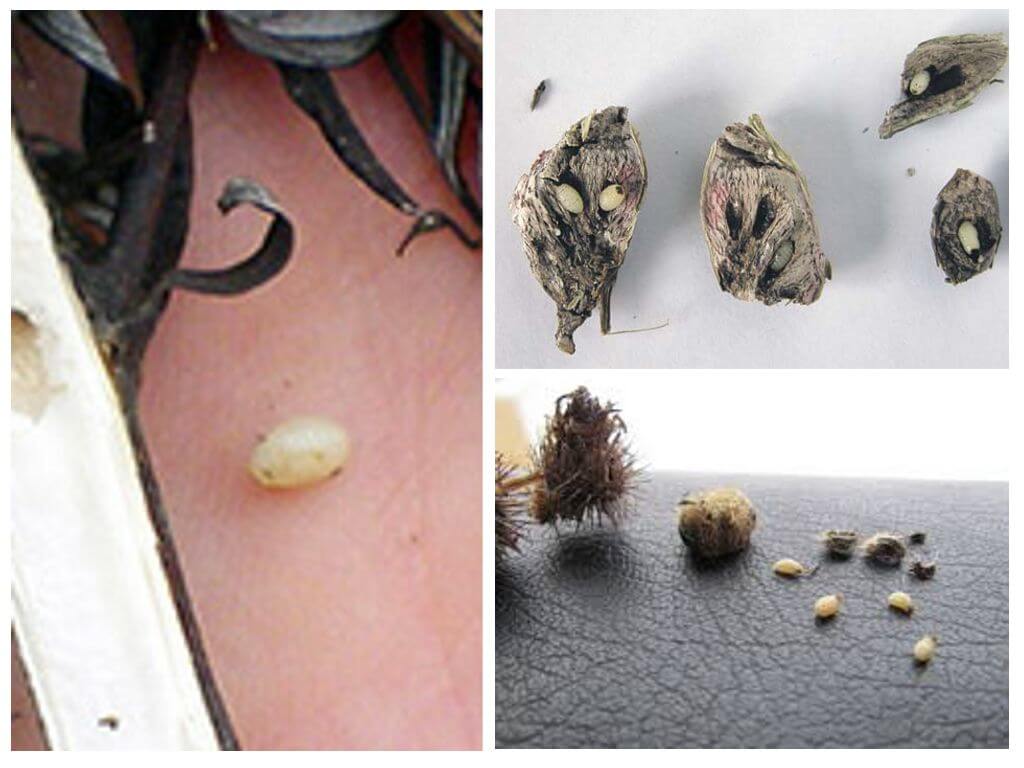Burdock larvae - where to find it
- Burdock moth larvae
- Burdock moth larvae
Moths are considered one of the nastiest household pests. But did you know that some are specially engaged in breeding burdock moth larvae at home? These strange people are avid fishermen, and they use insect larvae as bait, especially suitable for winter fishing.
Where lives burdock mole
Many are interested in where to find a burdock mole in nature. Make it easy. Moreover, the burdock is one of the most frequently encountered plants, which is distributed throughout the territory of Russia. You can recognize him by the characteristic cones with needles, hooks, with which he clings to the clothing and fur of animals, expanding the range of his habitat.
In these cones and lays their eggs are rather large, plump butterfly of grayish color - burdock mole. The larvae that feed on the contents of the lumps and are tidbits for roach and other species of fish are subsequently removed from the eggs.
There are several species of moth, the larvae of which differ markedly from each other. They live in various plants:
- In burrs of burdocktightly compressed, as if poured with glue, small, whitish, oblong larvae live. They are easy to breed, but they are the most inappropriate for fishing - they spread too fast on a hook.
- Burdock stalks (and even thistles and even branches of elderberry) feels like the most popular type of bait. The yellowish roundish larva of the burdock moth in the photo lives there. It can stay on the hook for a long time without losing its shape.
- In the stems of Chernobyl (or wormwood) lives another larva of the burdock moth, which is easy to get in the summer, but difficult to breed in the winter. These larvae need to create special conditions, although they look very appetizing for fish.
Often the burdock mole for fishing is used in a company with bloodworms or other types of bait, but this already depends on the fish for which the fishing season is open. Experienced fishermen know all the nuances, and for beginners, burdock is almost ideal: cheap and effective.
On a note!
The burdock is not too common among novice anglers just for the reason that many have never heard that you can use moth larvae as bait. And those who have heard, have no idea about where to get such a miracle and even more so that you can easily breed it at home.
Many “experienced” fishermen believe that bloodworms and maggots are more effective for winter fishing. But no one bothers to use the burdock as an additional delicacy, putting it on a hook from a company with larger insects. It all depends on individual preferences, but why not try?
How to breed burdock mole
Buy burdock moth larvae can be in specialized stores. But this option is suitable for those for whom winter fishing is just an exotic one-time entertainment.For avid anglers, such a way to buy burdock moths is too expensive. It is easier to create your own mini-factory for their production at home, especially not so difficult to do.
To make the mole multiply quickly and feel good, all you need is just:
- collect the bumps or stalks of plants in which you find eggs or larvae of burdock moths;
- bring the plants home and put them in a cardboard box or a glass container with a lid (it is more convenient in glass, as you can see what happens in the jar);
- place the container in a dark warm, but not hot, dry place (temperature 15-25aboutWITH);
- from time to time check the contents of the jar, remove dead butterflies and larvae, and select the necessary amount of burdock for fishing.
It is very important during the collection not to damage the burrs of the burdock, otherwise the microclimate will be broken and the eggs and larvae inside will die. Therefore, they must be torn carefully so as not to accidentally crush the burdock with your fingers.
Interesting!
Burdock moth - the only type of pest that is bred for specific purposes. Other types of moths: fur coat, food, cabbage, potato - only cause trouble to people.
The larvae of the burdock are gently shaken out of the plant stems, having previously made several transverse cuts on them. In the cut stems, they will no longer multiply further, so they can be thrown out. This should be taken into account when collecting plants to stock up enough of them.









